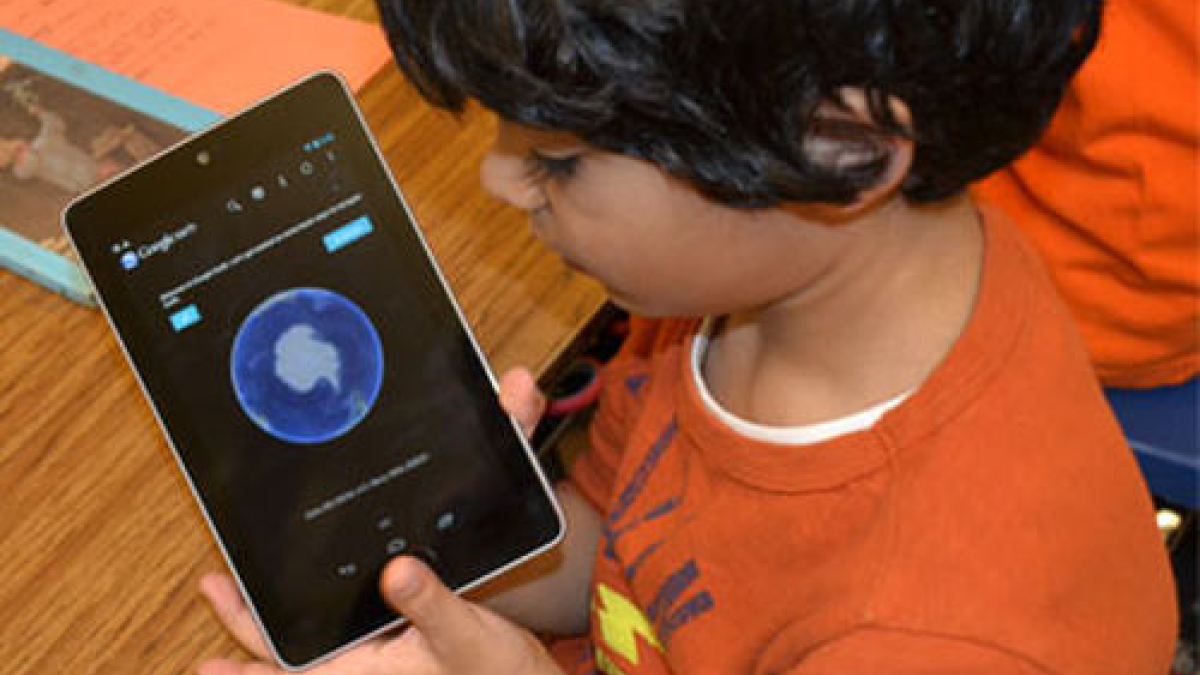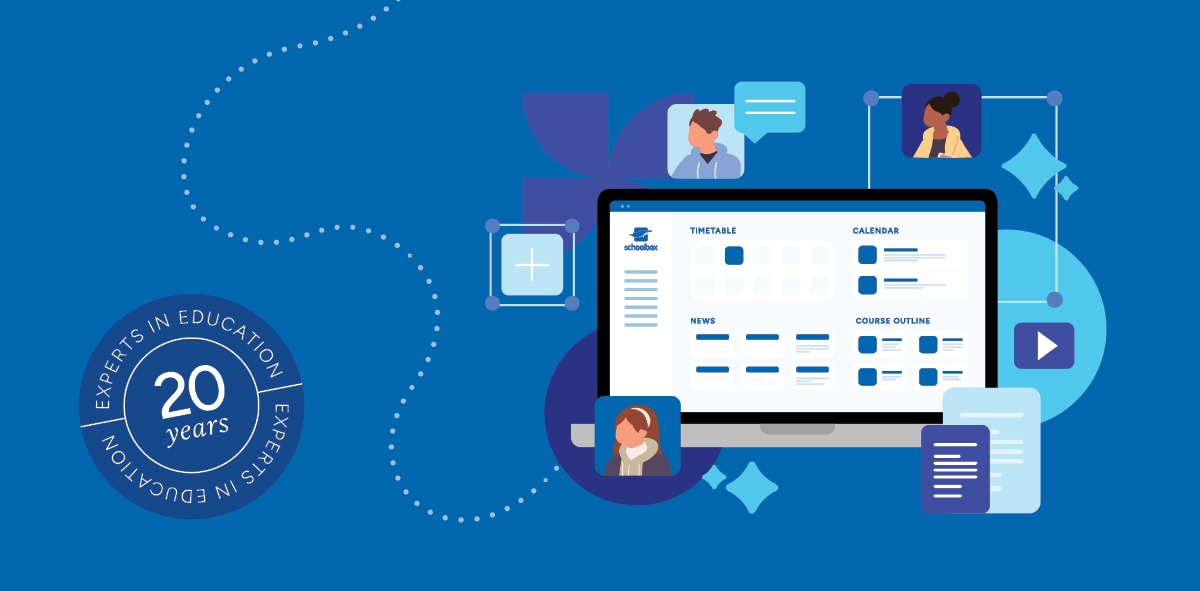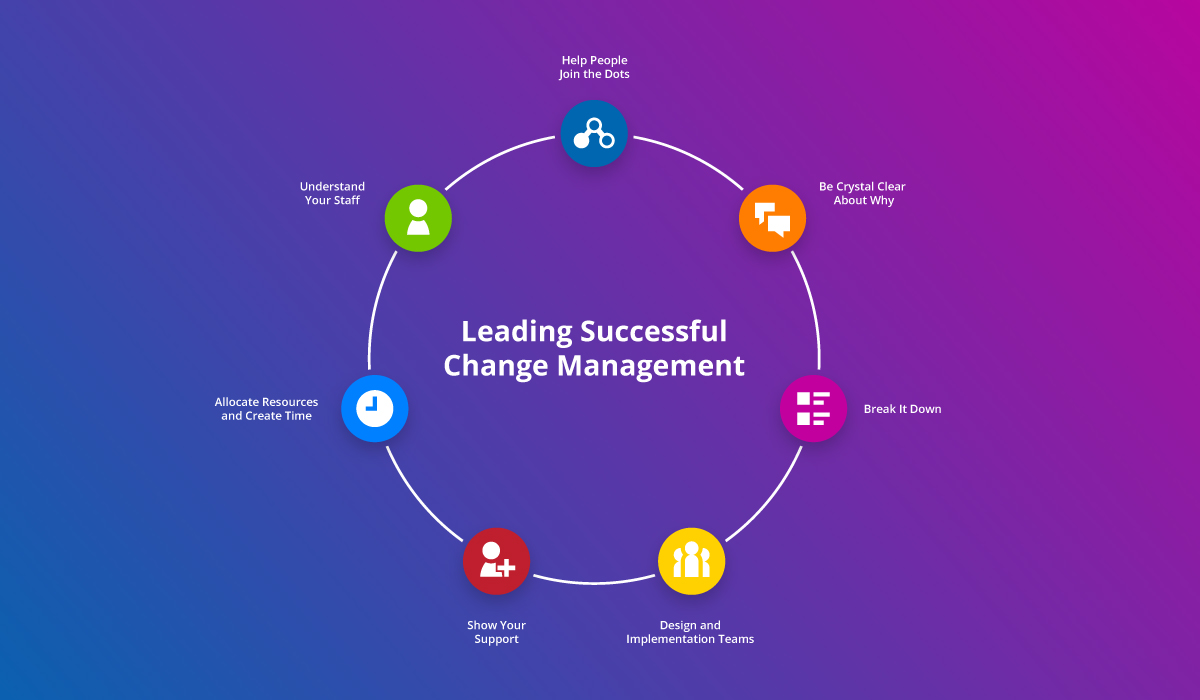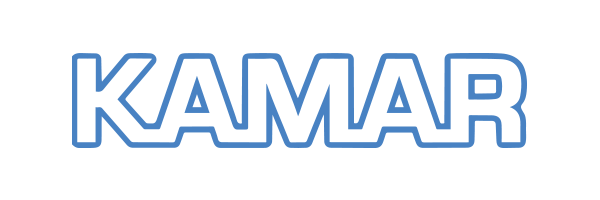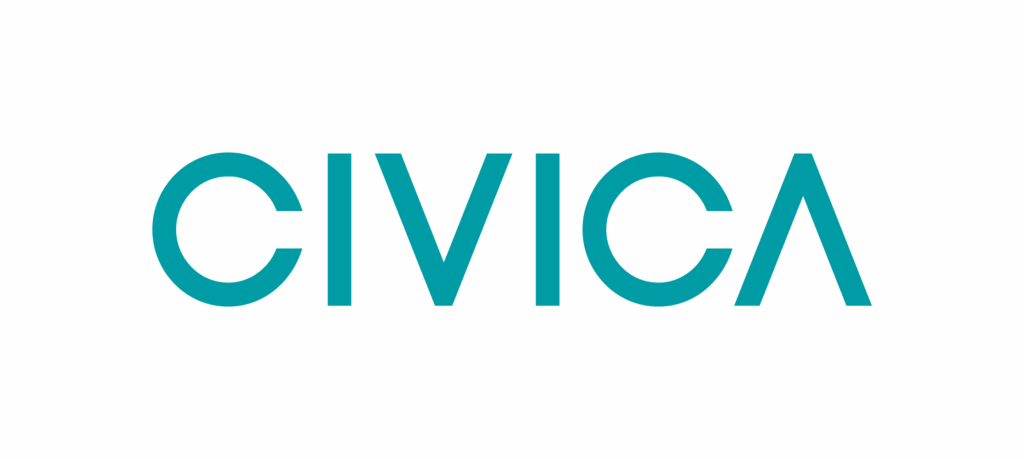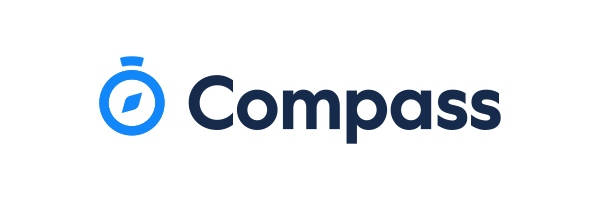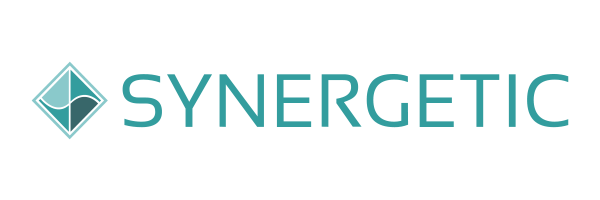This week during the marathon 3 hour Google I/O keynote, somewhere in the middle Google announced a major educational strategy. With this announcement it became clear how the unification of all the parts of Google is really paying off to bring great technologies into the classroom.
A key part of this strategy was the announcement of a specially designed Play store for education. The store will feature categories designed around curriculum and grade appropriate applications. All the applications will be rated by other teachers for curriculum value. This will make finding applications a breeze for teachers as it will be all organised in a way that makes sense for education. Plus it will have the added bonus of ensuring that all material is age appropriate and malware free as it has to go through additional checks before making it to the store.
Of course the edu Play store will not only provide applications but they will also be delivering textbooks and video via the service. So expect a range of content to be available in a few months when the store launches. Hopefully developers and publishers will get on board to make their material available to schools through this service.
Making it clear that they have also been listening to schools, Google has also simplified the entire purchase and distribution system specifically for schools. Schools can now bulk buy applications with purchase orders, rather than a credit card. Those bulk purchased apps can now also be pushed to the entire class room or school at a push of a button. So teachers can immediately buy and deliver applications for the class without having to request IT assistance.
While there is no doubt that tablet devices like the iPad bring great educational value to the classroom., IT has been struggling with how to network and configure the consumer devices into a school network. Issues such as a lack of filesystem, sandboxed applications and rudimentary group management of devices have certainly impacted their widespread adoption. Google now looks set to deliver a solution that ticks many of the boxes for widespread education deployments.
The complete Google picture now includes; low cost hardware (Nexus and Chromebooks), Google Apps and the new Google edu Play store. As these services leverage the Google cloud they are able to provide a large amount of functionality at very small cost. Because they are designed around a centralised infrastructure, all of these services have central management features to enable IT to quickly and easily maintain an entire school of users on a range of devices.
In Malaysia 10 million students are now using Chromebooks with Google Apps. The country rolled out free 4G access for all students as part of the strategy to ensure all students had access to the internet. In a massive attempt to level the playing field. As Elizabeth Lopez says in the clip “The web is your school, go and learn” certainly sums up what Google intends for education.
